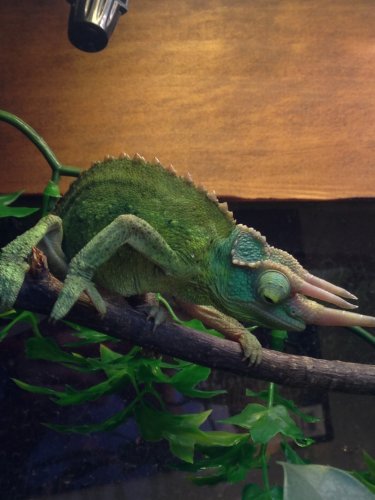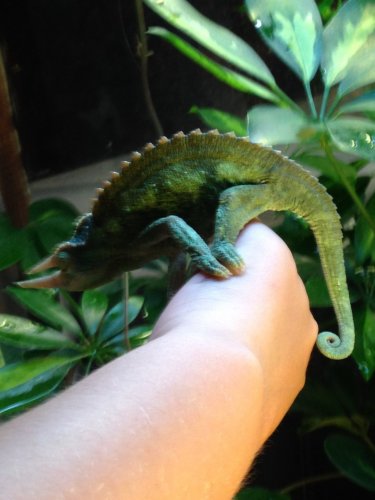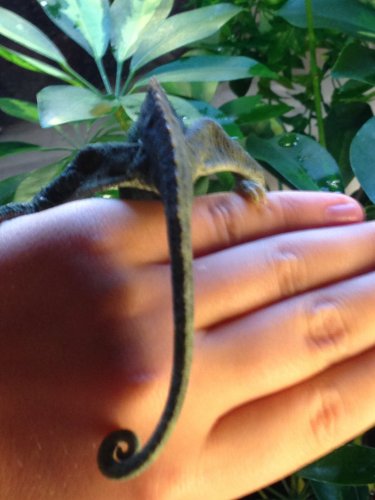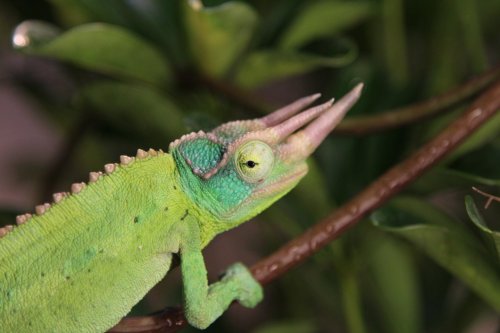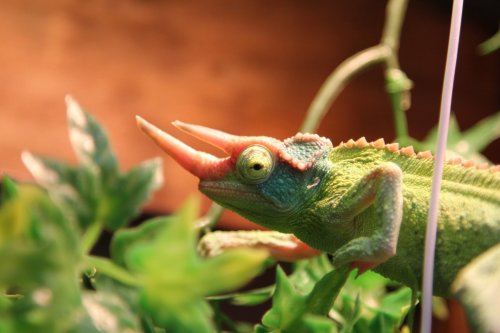DaChameleonKing
Avid Member
We all know that King has been sick, but I need to know why he is doing the stuff that I am going to tell you in this thread. I just misted King and he went to the bottom and went to the bottom right on the bottom of his cage. King also has been brown and not eating for over 1 week as we all know. Please help me I am freaking out. I need experts to help me with this I can't lose King.


